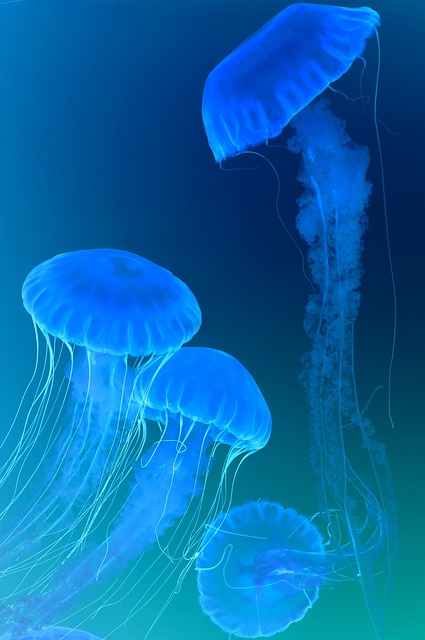Eco-friendly aquarium setups prioritize built-in home fish tanks from recycled materials with efficient filtration and natural lighting. Choose durable glass or acrylic options, incorporate driftwood, plants, and stones for aesthetics and a healthier environment. Avoid plastic accessories, opt for eco-friendly alternatives, and maintain water quality organically to create a serene underwater oasis while contributing to sustainability.
Discover the future of sustainable fishkeeping with eco-friendly aquarium setups. In today’s world, being environmentally conscious extends beyond land and air—it’s time to explore green practices for your aquatic companions. This guide explores how to create a beautiful and thriving built-in home fish tank using natural materials, efficient filtration, and organic care methods. From choosing sustainable aquarium materials to harnessing the power of natural lighting, learn how to maintain pristine water quality while minimizing your ecological footprint.
Choosing Sustainable Aquarium Materials
When setting up an eco-friendly aquarium, the choice of materials is a crucial step in maintaining sustainability. Opting for built-in home fish tanks made from recycled or biodegradable materials can significantly reduce environmental impact. Glass and acrylic aquariums are excellent options as they are durable and reusable, with some manufacturers even offering recycling programs for old tanks.
Additionally, consider using natural decorations like driftwood, plants, and stones, which not only enhance the aesthetic appeal of your aquarium but also provide a healthier environment for your fish. Stay away from single-use plastic accessories and choose eco-friendly alternatives instead. By making these conscious choices, you contribute to a greener approach to fishkeeping while creating a peaceful underwater oasis in your home.
Efficient Filtration Systems for Eco-Conscious Aquariums
Modern eco-conscious aquarium setups prioritize efficient filtration systems, a key component in sustainable fishkeeping. Built-in home fish tanks often come equipped with advanced filters that minimize water exchange, reducing energy consumption and waste generation. These innovative systems use less water than traditional methods, as they recycle and purify the water within the tank, eliminating the constant need for top-ups or partial changes.
Moreover, efficient filtration reduces the environmental impact by cutting down on chemical usage. Many modern filters incorporate natural processes like biological filtration, where beneficial bacteria break down organic matter. This not only keeps the water clean but also minimizes the release of harmful substances into the environment. By adopting these eco-friendly practices, fishkeepers can enjoy their aquatic companions while contributing to a greener planet.
Natural Lighting: Enhancing Beauty and Efficiency
Natural lighting plays a pivotal role in creating stunning and sustainable aquarium setups. Unlike artificial lights, which can be energy-intensive, incorporating natural light into your built-in home fish tanks offers both aesthetic and eco-friendly benefits. It enhances the visual appeal by showcasing vibrant plant life and colorful fish species in their best light, without the need for excessive electricity consumption.
Moreover, natural lighting promotes a healthier aquatic environment. It facilitates photosynthesis in live plants, contributing to improved water quality and oxygen levels. This ecological balance ensures your fish thrive in a more natural setting, reducing the reliance on chemical treatments and artificial aids. By harnessing the power of sunlight, you create not just a beautiful centerpiece for your home but also a harmonious ecosystem that mimics nature’s own design.
Maintaining Water Quality Through Organic Means
Maintaining water quality is an essential aspect of sustainable fishkeeping, and using organic means can be highly effective for eco-friendly aquarium setups. Instead of relying on synthetic chemicals, consider incorporating natural filtration systems and plants into your built-in home fish tanks. Aquatic plants like anubias, java fern, and hornwort not only add aesthetic value to the tank but also help in removing nitrogenous waste and pollutants through photosynthesis.
Additionally, beneficial bacteria play a crucial role in breaking down organic matter and maintaining a balanced ecosystem. You can promote the growth of these helpful bacteria by using organic substrates like gravel or soil from natural sources. Regular partial water changes with filtered tap water or collected rainwater further ensure the tank’s water quality remains optimal for the fish and other aquatic inhabitants.
Eco-friendly aquarium setups are not only aesthetically pleasing but also contribute to a more sustainable future. By choosing materials responsibly, adopting efficient filtration and lighting solutions, and maintaining water quality naturally, you can create a stunning built-in home fish tank that supports aquatic ecosystems without compromising the environment. Embrace these sustainable practices for a responsible and rewarding fishkeeping experience.
